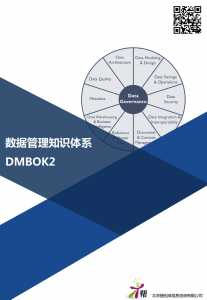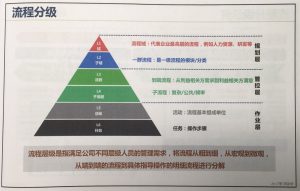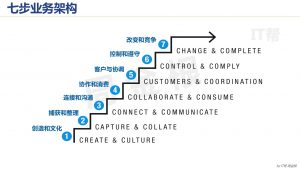
Business Architecture defines the structure of the enterprise in terms of its governance structure, business processes, and business information. In defining the structure of the enterprise, business architecture considers customers, finances, and the ever-changing market to align strategic goals and objectives with decisions regarding products and services; partners and suppliers; organization; capabilities; and key initiatives.
Business Architecture primarily focuses on the business motivations, business operations and business analysis frameworks and related networks that link these aspects of the enterprise together.
In order to develop an integrated view of an enterprise, many different views of an organization are typically developed. The key views of the enterprise within the business architecture are:
- the Business Strategy view
- the Business Capabilities view
- the Value Stream view
- the Business Knowledge view, and
- the Organizational view.
The Business Strategy view captures the tactical and strategic goals that drive an organization forward. The goals are decomposed into various tactical approaches for achieving these goals and for providing traceability through the organization. These tactical and strategic goals are mapped to metrics that provide ongoing evaluation of how successfully the organization is achieving its goals.
The Business Capabilities view describes the primary business functions of an enterprise and the pieces of the organization that perform those functions. This view further distinguishes between customer-facing functions, supplier-related functions, business execution, and business management functions.
The Value stream view defines the set the end-to-end set of activities that deliver value to external and internal stakeholders – transcending organizational boundaries. Value streams are the vehicle for viewing the business “in motion” and are the key aspect of business architecture that enables alignment of business processes with the business architecture
The Business Knowledge view establishes the shared semantics (e.g., customer, order, and supplier) within an organization and relationships between those semantics (e.g., customer name, order date, supplier name). These semantics form the vocabulary that the organization relies upon to communicate and structure the understanding of the areas they operate within.
The Organizational view captures the relationships among roles, capabilities and business units, the decomposition of those business units into subunits, and the internal or external management of those units.
In addition to the above views of the enterprise, the relationships connecting the aforementioned views form the foundation of the business architecture. This foundation provides the framework that supports the achievement of key goals; planning and execution of various business scenarios; and delivery of bottom line business value.
转:BUSINESS ARCHITECTURE OVERVIEW
https://www.omg.org/bawg/business_architecture_overview.htm


